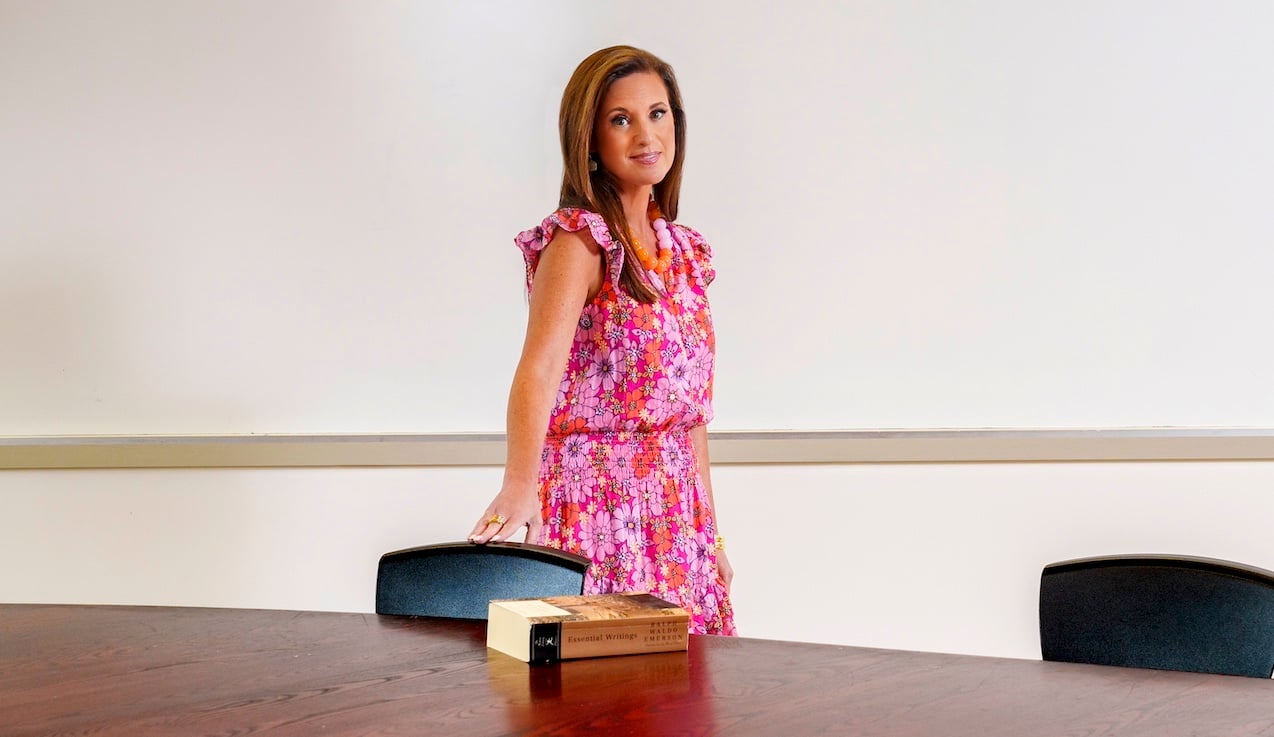For many years, I squirreled myself in a room, rifling through documents to the backdrop of my husband’s recurring incantation: “Leave Mom alone, she’s doing…THE TAXES.” I’d emerge disheveled and dehydrated, yet victorious, ready for any challenge the federal government threw at me.
So what’s different? What can I appreciate about this new version versus the old? This is my perspective as a second-time FAFSA filer.
1. The presentation is more modern and straightforward.
I’ll start with some embarrassingly simple things. The colors are soothing–shades of blue. The graphics are simple and clean. Why can’t tax forms look like this?
2. There are built-in support links.
A tiny letter “i” appears beside questions, linking to explanatory information. And there’s a little owl named "Aidan" in the right corner who tells me he’s my virtual assistant. This is great. I’ve always wanted a personal assistant.
3. It rolls over information from the prior year and allows IRS data retrieval.
Existing student and parent contact and identifying information from the prior year’s FAFSA is rolled over and you can simply “Confirm.” If you agree to the embedded IRS Data Retrieval Tool, no more manual entry. It saves time.
4. Four explanatory videos greet both student and parent upon log-in.
They are narrated by “Taylor” whose voice is so calm and clear, she’s just made for this stuff. She tells us what the FAFSA is, why to complete it, and advises it will only take an hour to complete the student portion, and another hour for the parent section. Joy! I really like this Taylor.
5. The diction is less formal, less “government-y.”
Last year’s email request to complete the FAFSA as parents felt like a formal summons. This year, it’s a chummy invitation to “Help Her Complete Her FAFSA.” I’m half-tempted to detail how we met and our mutual accusations of snoring in the “Tell us About the Student’s Parents” section.
6. There’s clarity for why parents should complete the FAFSA.
They are trying. The parent invite email announces in bold letters that “Providing information as a contributor does not make you financially responsible for the student’s education costs.” I almost snort coffee out my nose and remind myself to mention this to my daughter. But I know and she knows how lucky she is to have parents who can and will fill it out for her.READ MORE: What Is 'Chasing Merit' and Why Are So Many Families Doing It?
We complete my daughter’s portion in 35 minutes. She designates her college as the FAFSA recipient. Rising freshman applicants, however, can list up to twenty colleges and (this part I really like) it gives a clear explanation of how state grants are awarded and how ranking the schools can matter.
I complete the parent section in 45 minutes. The “Parent Assets” with two main questions is still tricky but seems condensed: basically give the total of your bank balances as of the day you file the FAFSA, and list other assets like stocks, and investment properties (I wish). I check with Aidan the owl. He tells me exactly what to include and, more importantly, what NOT to include. I confirm my husband’s name, SSN, and contact details and…all of a sudden I’m at the end, being asked to sign the concluding agreement. I’m slightly stunned and go back and review my entries. Yes, we’re finished!
RELATED READING: 3 Financial Aid Terms Every Family Should Know
Every family’s experience with FAFSA will be different based on personal circumstances and assets. I experienced the old and find that the new is actually more user-friendly, or at least the platform is. The machinations behind how the DOE awards aid won’t be addressed in the FAFSA form itself, nor will recent reports that the formula the DOE developed has flaws regarding accounting for inflation. But as a platform to input information for federal student aid it is easier and clearer for students who navigate this alone, and those who may have been intimidated into not submitting in the past. That to me is its value. As April 15th approaches, I’m maudlin. I wish the IRS would take a leaf from this book.












